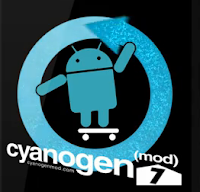- It's fast and silky smooth -- much more so than CM6. For the first time since I've had it, my Hero doesn't feel underpowered and struggling to keep up with tasks I throw at it.
- It's more stable. I get very few errors or crashes. (For example, the camera doesn't crash like it often did in CM6.)
- More core apps update through the market: I've received updates to Gmail and to the Market itself automatically -- no fussing with apk files.
- Battery life seems to be better (though I haven't thoroughly tested this.)
All-in-all I'd recommend that anyone using CM6 (or the stock Sense ROM) to upgrade to 7. It's a big improvement!






